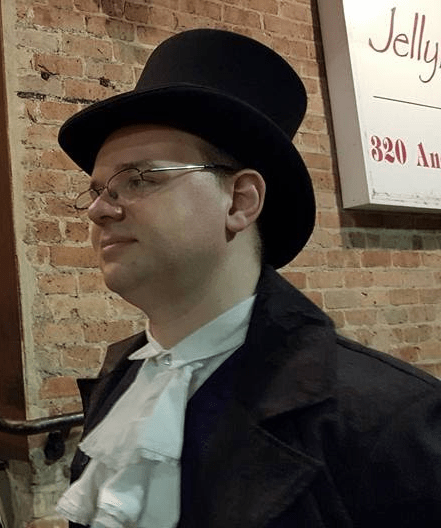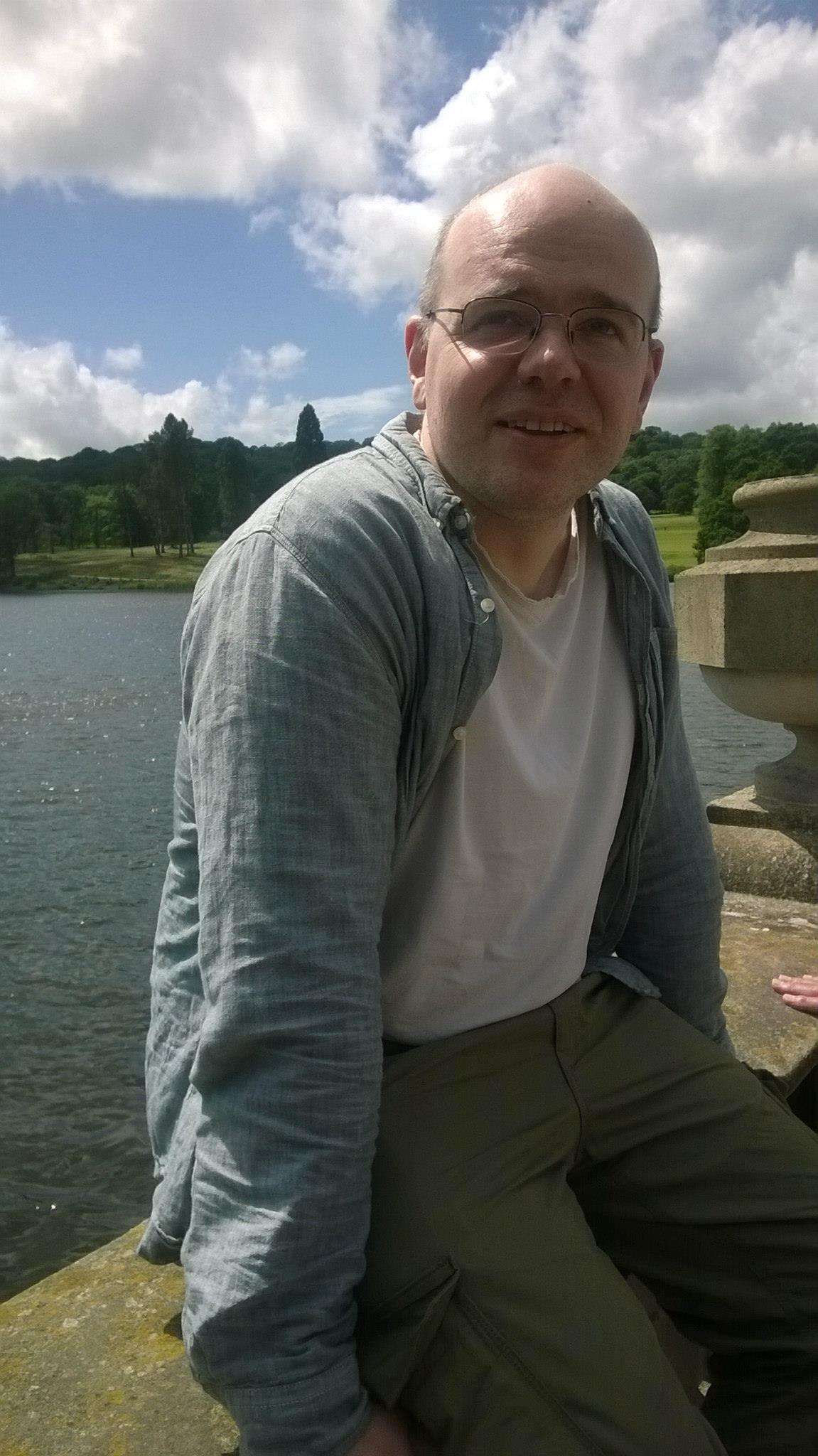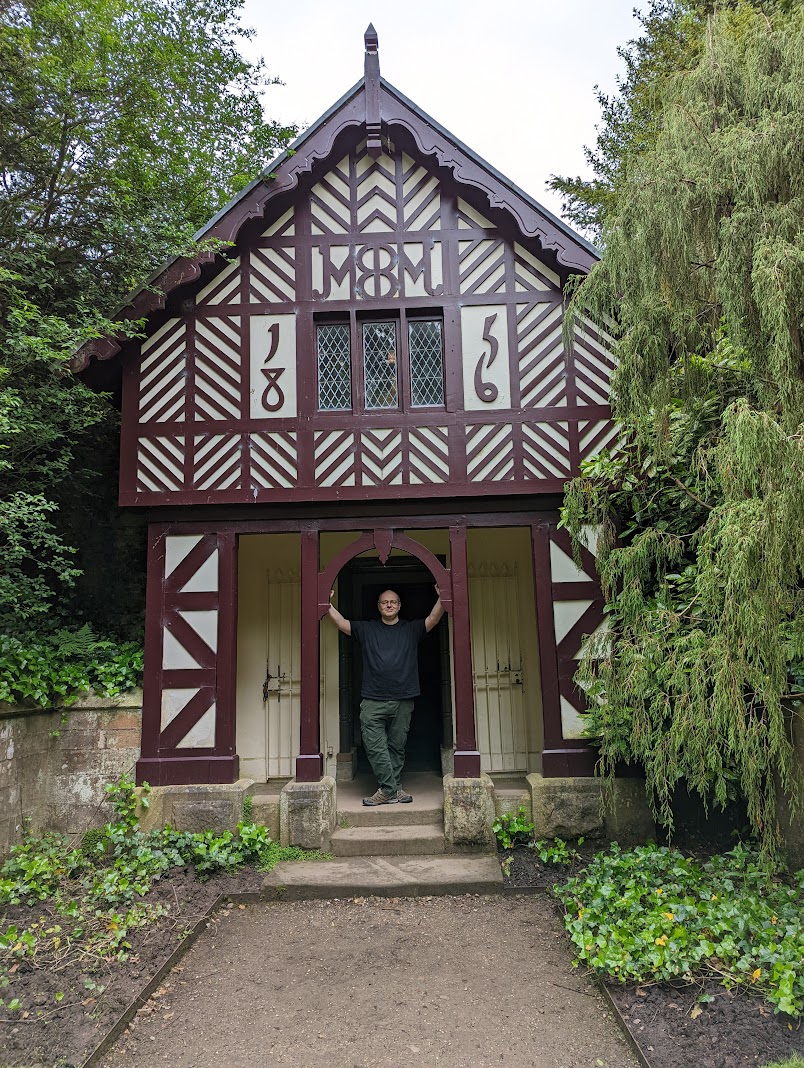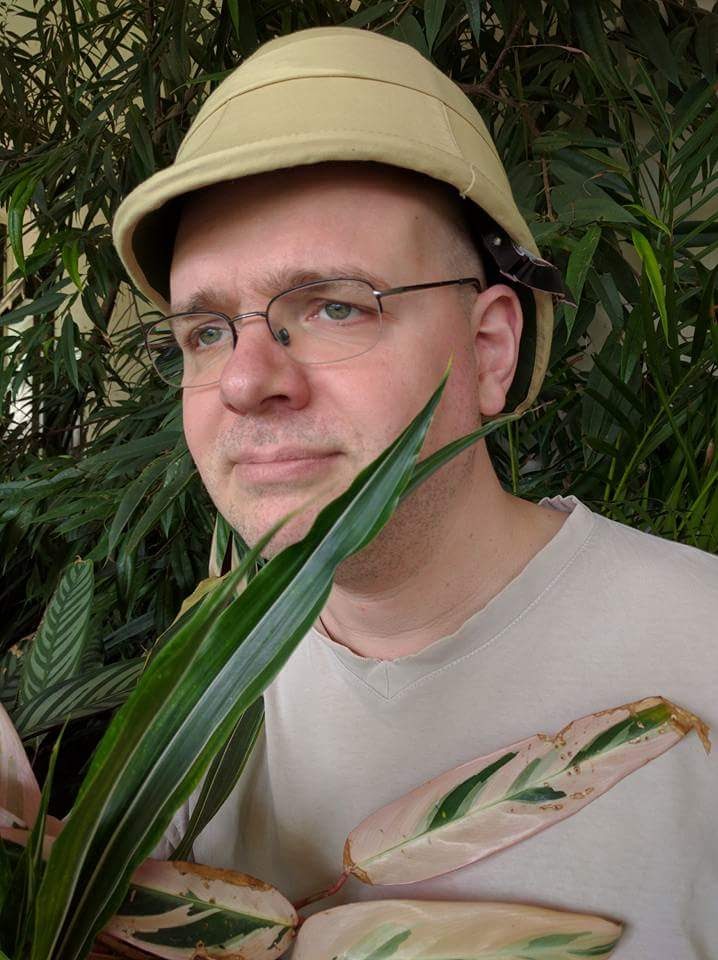Born in Worcester and raised in a mysterious location somewhere between Stoke and Derby, Steve has worked at Spiral since 2008. He studied at Leeds University and began his career writing legal software in the 90s. Steve is a master of Dungeons & Dragons – a self-proclaimed geek and proud of it!
It was the mid 90s. HTML was new, shiny and exciting.
Mosaic was the web browser of choice. Fixing the appalling but oh-so-interesting software running the teaching module for my course was more fun than the course itself. After three years at university I had a working knowledge of HTML and UNIX servers. I’d also discovered you can’t bluff a
fluid dynamics exam. So I moved sideways into the exciting opportunities of the dot-com bubble.
Websites typically last 3-5 years between major refreshes. We do have websites that have been with Spiral for over 15 years. We like to see a good website as part of an ongoing client relationship, rather than a one-and-done project process. My role is to bridge the client's business requirements and graphic design into a digital platform that can provide the client with the technical tools they need. That might be a point-of-presence website receiving small monthly updates managed by Spiral. These are very typical modern websites, where we would mainly focus on cost and design appearance. Or it could be a web toolkit, allowing a company to enter many thousands of products or to provide support and purchasing information to their associates. These kits require a lot of bespoke optimisation and process design. The challenge is to deliver this in a consistent, secure and standards-compliant way. Whatever I’m working on, the most important thing is to maintain flexibility and future-proofing. Websites are tools a company will use for years and must be built to allow change and growth within their lifespan.
I think
ChatGPT,
Google Gemini and other large language model chatbots/successor technologies will have a major impact on all forms of communication. They present an easy tool for creating, summarising and remixing communication that will likely have an effect on everything over the next 10-15 years. Currently, the internet works by search. Users ask a question and are directed to a response – whether that’s a web page selling something or an information source like Wikipedia. The creative and web development aspect to this is in producing a good website. For most, this is a relatively static, well-designed page full of curated information and attractive visuals signposting users to products, information or some other call-to-action. But large language chatbots can short-circuit this journey completely. Instead, users ask a chatbot a question, which then produces a response drawn from sources that include your website. The content and presentation of the response are remixed by the bot – and may present a different focus or argument than the website creator would like. It may even be difficult to tell if the chatbot has used your site for information at all. The user may then go to a specific point in your website or just be satisfied with the chatbot summary and never visit your website at all. The days of magazine-like websites – where users see a front page, peruse content and leave – are numbered. The new challenge will be in producing content that is highly engaging and informative as AI source material. This will maximise its prevalence in chatbot responses and encourage users towards your website or goals.
The key to effective planning is consistency and repeatability. A task done consistently many times is well known – risks can be assessed; processes can be streamlined; turnaround time can be optimised. When it comes to estimating delivery time and costs, I use my broad base of experience across nearly 20 years of web projects – and open, honest conversations with our clients, who trust and rely on us. With web development, innovation is hugely important and mustn't be squeezed out by time or budget constraints. We provide a range of options, alternatives and fallback positions for risky areas so necessary innovation can be approached as a managed risk.
From 2009 to 2019 I was the lead technical developer for an internal social comms platform for one of our major clients. This was a tool that began life as a simple replacement for a company newsletter. Over time it became a fully interactive platform allowing users to comment and discuss articles posted by the company – as well as contribute their own articles for approval by an internal comms team. Operationally and culturally, the platform became an important internal social and community tool, hosting both positive and negative interaction over company issues. Users could remain anonymous, which encouraged honest opinion and a moderation system was put in place to keep discussions professional. The platform was an important driver for company culture and helped direct the company's approach to charity contributions, employee rewards, bonuses and remunerations. Changing data protection requirements eventually led to the project being retired after 10 years. That’s very old in web years!
During the pandemic, Spiral had to rapidly transition from single-location office working to work-from-home-based systems. I was responsible for delivering these new systems in a very short time! Fortunately, we’d upgraded many of our systems in 2019 so we had a strong starting point. After the pandemic, we refined these systems further to support ongoing home working, which continues to benefit the team.
Ladakh, which is the Indian area of the Himalayas, was a gently overwhelming experience. Everything there was both as you would expect it and yet completely different. Flying from Delhi to Leh (the regional capital) was surreal. Leh is at 14,000ft and you land on a high mountain plateau. When the doors open you find yourself in thin, cold mountain air. Just disembarking from the stairs is exhausting – you end up having to catch your breath every 30 ft or so. The sky there is full of mountains and everything is weirdly quiet and bright through the thin cold air. It’s a planet away from the heat, insects, noise and crowding of Delhi. Leh is a combination of ancient buildings and concrete hotels – all strung together with prayer flags. Chalk Mandalas are drawn on buildings, mountains, rocks – and even the occasional jeep. Later on we found out the most popular Mandala shows where you can get mobile phone reception (it was the mid 2000s before smartphones and the internet were everywhere). Visiting the temples you meet young monks happy to give you a tour and eager to share a cigarette. ‘Monk’ seems to be the social security of Ladakh – if you don't currently have a job, or you're making your way between places, then you’re a monk for a bit. If your relatives can't look after you or you just need to get away for a while, then you’re a monk again. ‘Monk’ is what you are when there’s nothing to do. It seems like a good system. They explained that they don't dust the temple as they don't want to damage the paintings – some of which are from the 1200s. Also, John Lennon was here in the '60s. Did we like the Beatles?
Revolver was all about Ladakh, but the monk speaking with us prefers Twist and Shout. Water boils at 85°C that high up, so all the tea tastes weird. The Hotel boils electric kettles using old military UPS systems recycled from the Indian military base which watches China & Pakistan. Occasionally you have to go through three countries and military checkpoints to get to the next town. Smiling men with AK-47s politely steal cigarettes every time you cross a border. In the land of the Dalai Lama, where violence seems an impossible effort, everyone seems to ignore the regalia of war all around them. On the plane back, the world starts making sense again. I tell myself it's been altitude sickness all along, but Ladakh still feels like a dream from another world.
A Night in the Lonesome October – Roger Zelazny's last book. A unique fantastical mystery set over the 31 days of October leading to an occult event occurring on All Hallows Eve. The participants in the ritual are a mash-up of various horror tropes such as The Count, The Great Detective and The Good Doctor. The story is masterfully told as dialogue and encounters between their familiars, servants and monsters. The plot itself is a puzzle box – and the writing is funny, poetic and philosophical. The author makes the mundane resonate with the mythical and the fantastic become human. Figuring out what is happening and the sides and factions involved may take more than one reading. Perfection.
Isaac Newton – alchemist, theologian and heretic. A man of incredible intellect who used logic, mathematics and the new scientific method to look for the secrets of god hidden in his creation. It would be fascinating to hear his thoughts on quantum indeterminacy, observer phenomena and relative motion. Also, as the inventor of the
cat flap, we can at least resort to humorous cat videos if it all gets a bit too weighty.



